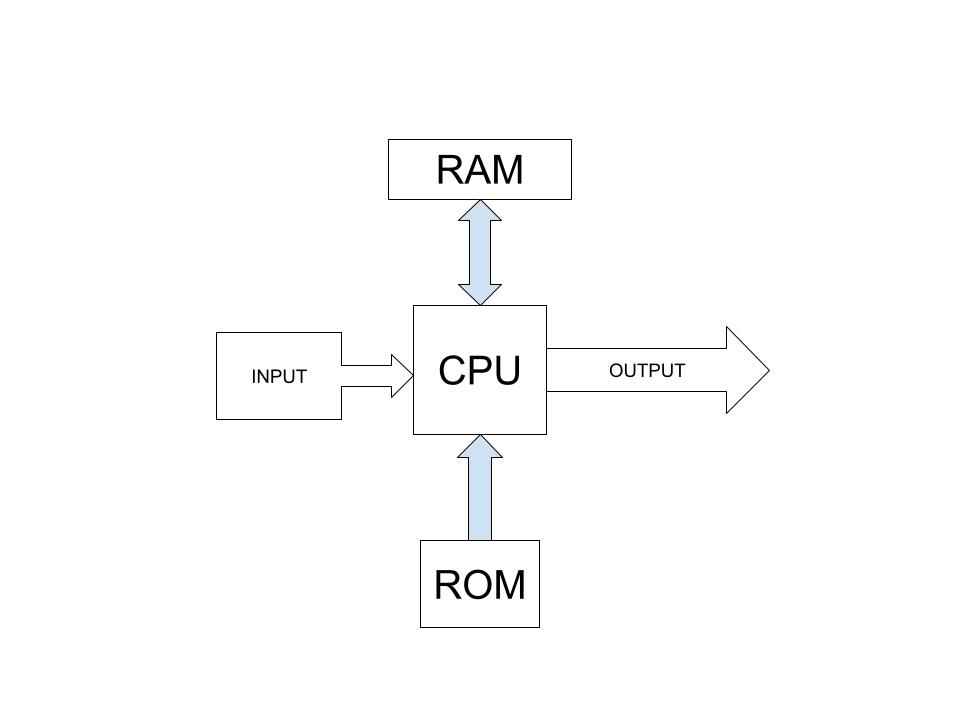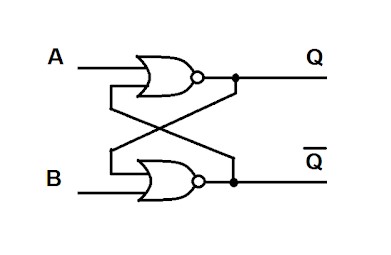
Internet of Things for Smart Cities
Computer memory. what is it? here we explain the most basic things about computer memory, the types of computer memory , how it operates and even how it looks inside, have a quick look and become aware of the coolest things about computer memory.







